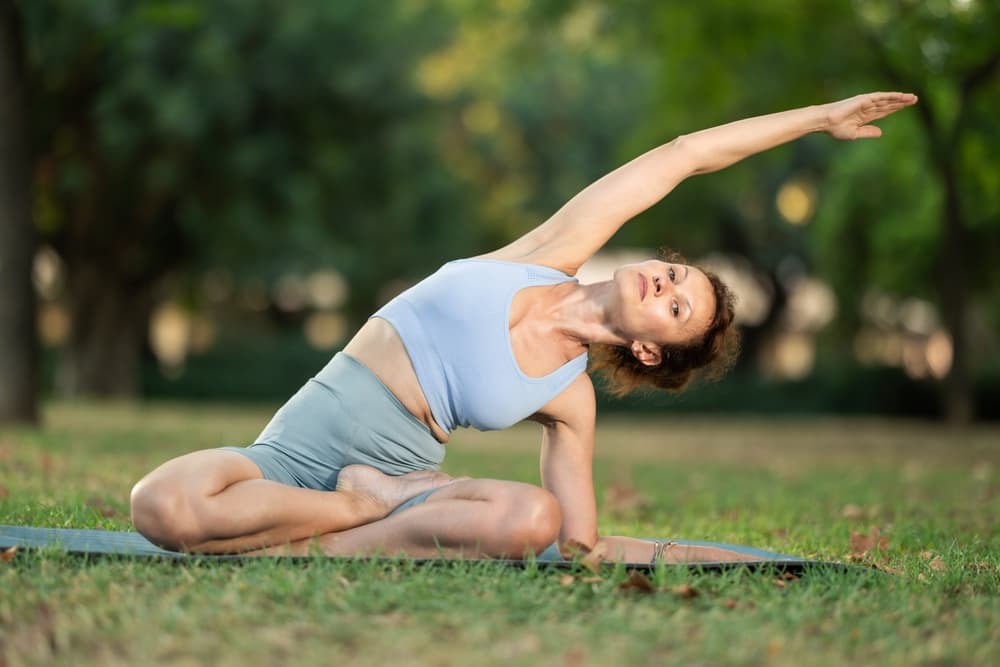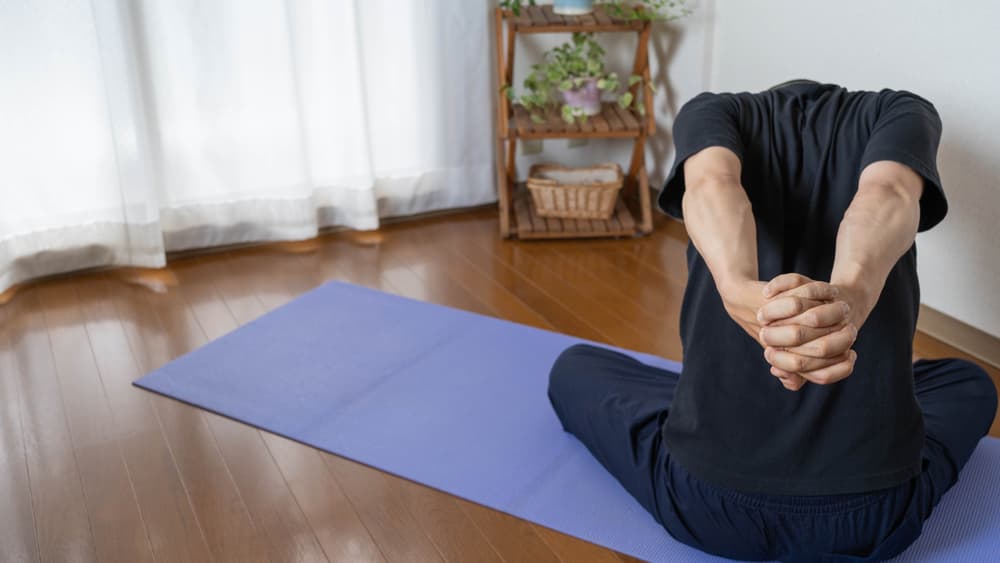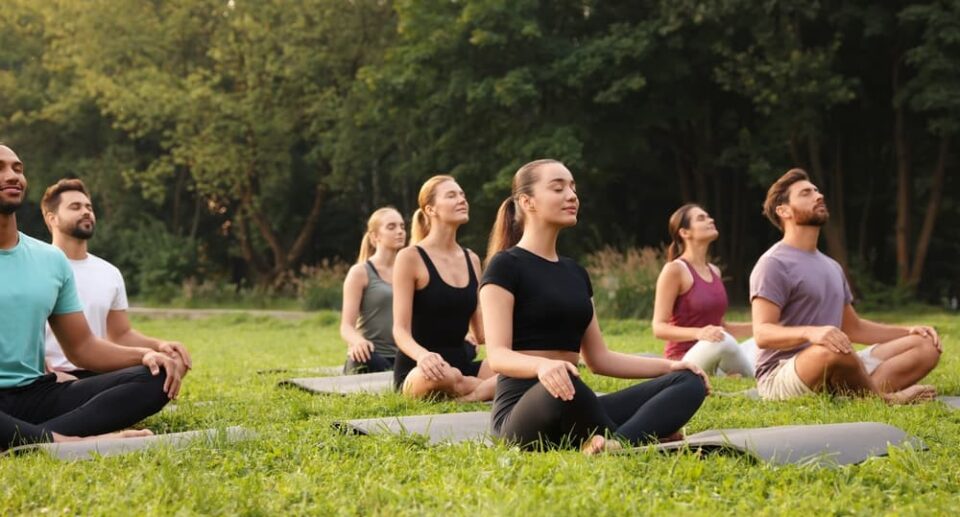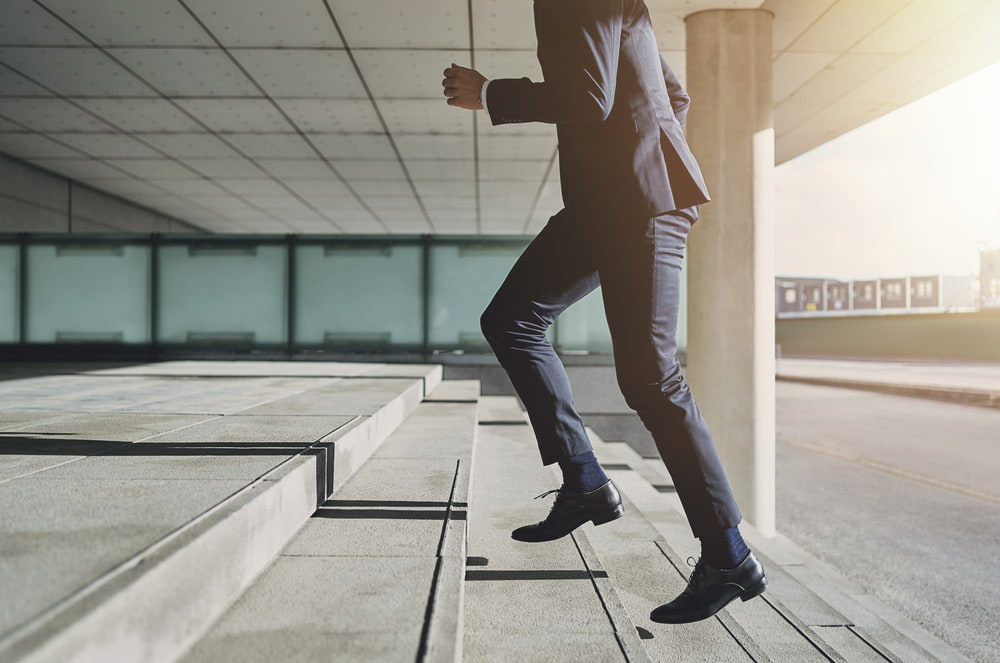Best exercises for maintaining joint health
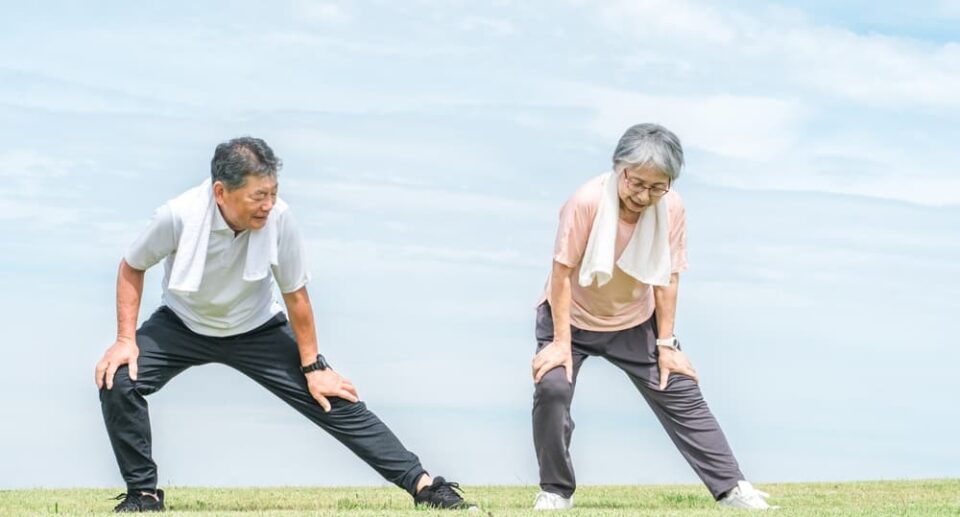

Healthy joints are essential for moving freely and without discomfort—especially as we age or spend more time sitting. The best exercises for maintaining joint health help reduce stiffness, improve flexibility, and support long-term mobility. Your knees, fingers, wrists, elbows, shoulders, and legs all benefit from regular movement. In this article, you’ll discover the best gentle exercises for joint flexibility, stiffness relief, and overall joint health no gym needed.
Best Exercises for Maintaining Joint Health
Walking – A Simple Exercise for Joint Health
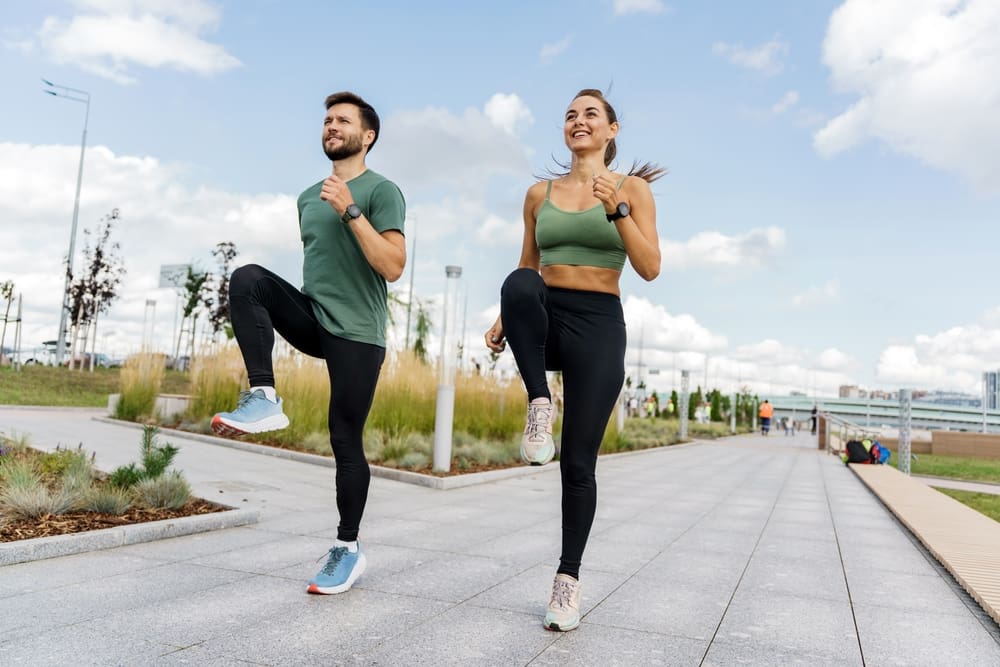

Walking is a very friendly and least demanding sport for the knees and the whole body. It’s an excellent exercise that doesn’t tire your body and keeps your joints of the legs moving. The marathon of 20-30 minutes leads to better blood circulation, gives freedom of movement, reduces swelling, and increases blood circulation in the affected place. This is the easiest way to get going, involves no equipment, and can be slotted into your daily schedule without any problem.
Dr. John Doe, Physical Therapist:
“Regular walking and movement are extremely beneficial for joint health. Not only does it help strengthen muscles, but it also improves joint lubrication and blood circulation.”
Swimming & Water Aerobics – Joint-Friendly Full-Body Workouts
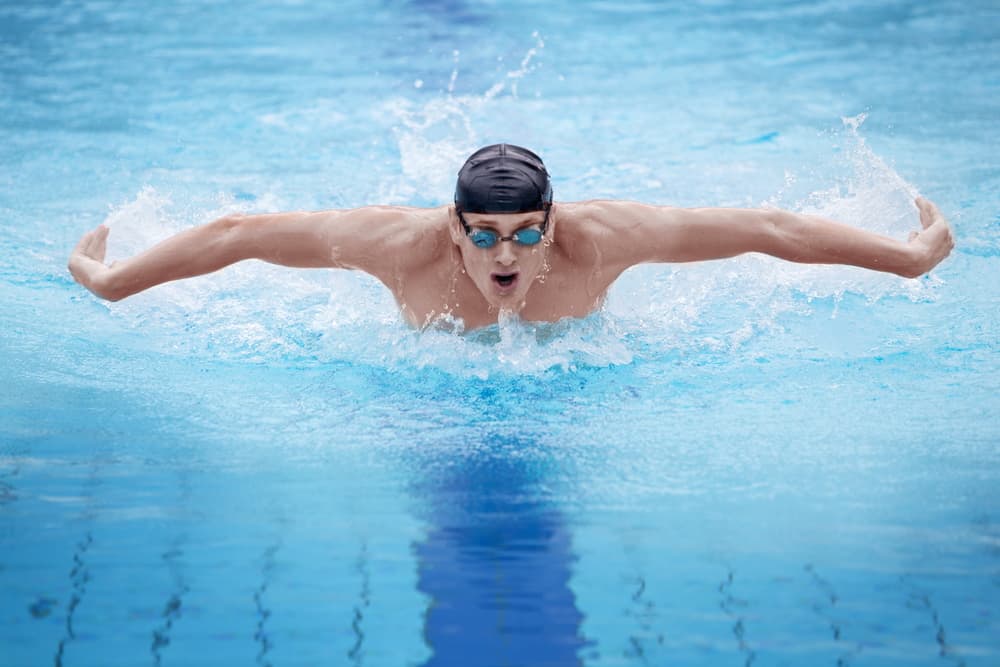

Swimming and water aerobics are great for joint health, as water provides full support to your body and reduces the pressure on your joints. These forms of exercise let you move your entire body and enhance flexibility and muscle strength without the impact. These are also considered good for seniors or those coping with joint pain as they make the heart healthier. Consider a warm-water pool as the ideal choice in case of trouble or difficulty.
Yoga – One of the Best Exercises for Joint Flexibility and Health


Yoga is a game-changer. It is the source of joint flexibility, balance, body feel, and strength. The yoga person moves the body to ease stiffness gradually, live with more mobility, and become healthier. It also helps fight and control stress, which is a common cause of the advancement of inflammation. Anyone starting by any chance can use the chair or other props to support accessibility at all levels r, regardless of age or ability.
Tai Chi – A Gentle Exercise for Joint Mobility and Balance
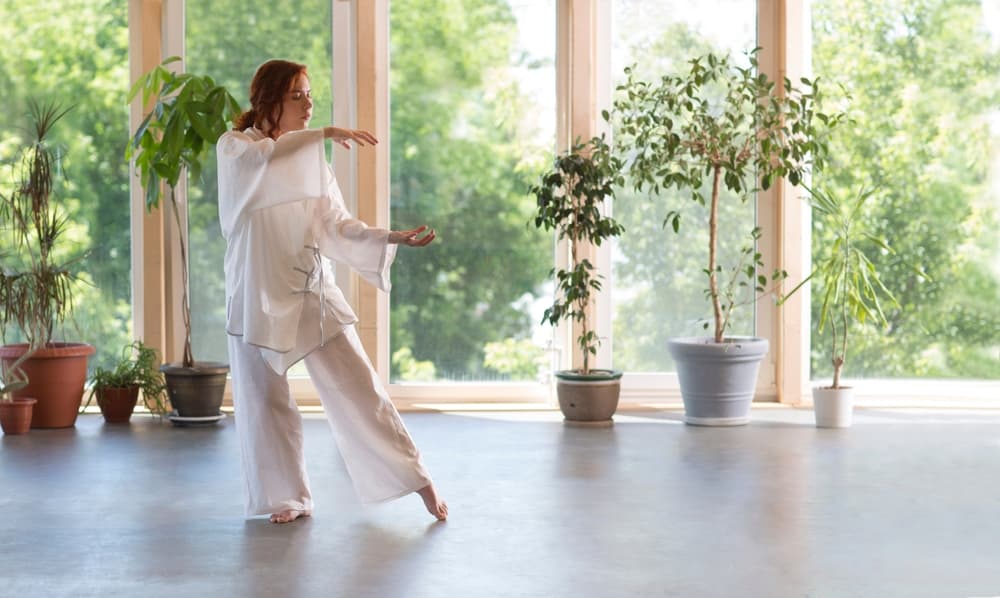

Tai Chi is an easy, continuous practice that helps you stay lithe, balanced, and calm. The unhurried, contemplative manner in which it is executed makes it a perfect exercise for people suffering from pain or limited joint mobility. Tai Chi is good for the bones and joints of the legs, corrects posture, and develops coordination—this is especially useful for older adults and newcomers who want to get used to exercising.
Resistance Band Training – Low-Impact Strength for Healthy Joints
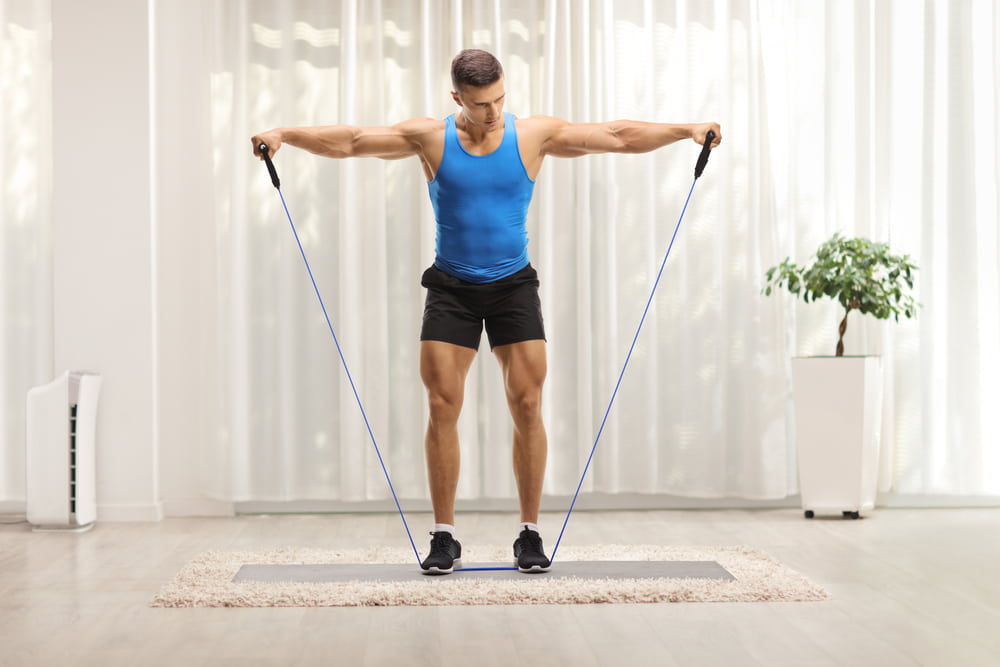

Resistance bands are a safe and practical way to strengthen muscles carefully without affecting the joints. These bands have changeable resistance, giving you a significant load on your joints. The exercises can be so light and simple, e.g., a seated row or a side leg lift. People build up their muscles with these bands’ help, and older adults are easily introduced to training. Besides, they can also be performed at home, in the gym, or while traveling.
Cycling – A Low-Impact Exercise to Support Knee and Hip Health
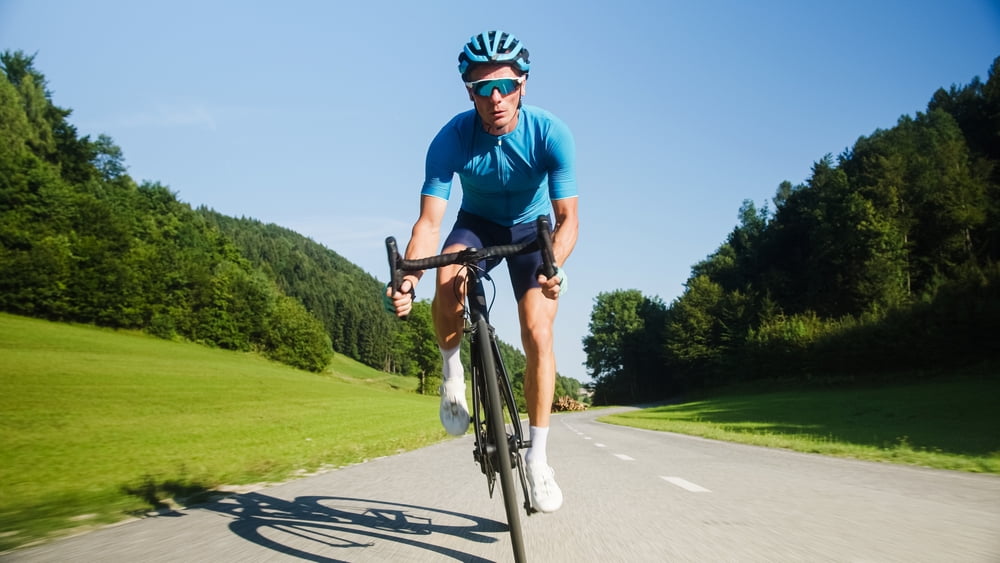

Cycling is an excellent low-impact workout that builds strong legs while being joint-friendly, particularly for the knees and hips. Using a stationary bike or going for a ride in the fresh air both do the same job of improving joint flexibility and heart health. Correctly position your seat to prevent pain and go for 20–30 minutes, three to four times a week as the optimum duration.
Daily Stretching – Essential for Maintaining Joint Flexibility
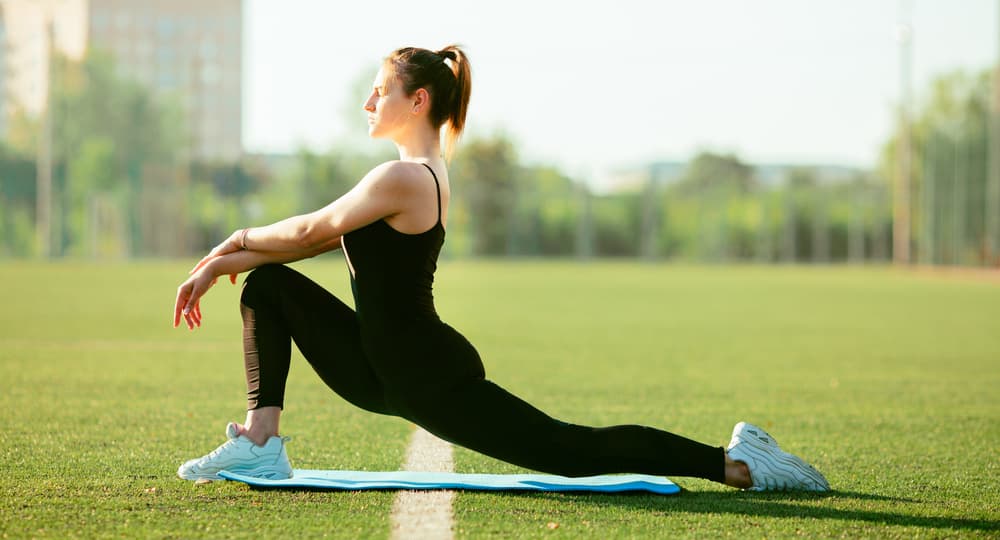

Engaging in stretching daily can be highly beneficial for joint flexibility and stability. Don’t forget to cover all the key joints, e.g., shoulders, hips, knees, and wrists. Spend 20–30 seconds on each elongation and remember to breathe in deeply, eliminating the bouncy manner. Exercises such as hamstring stretches, wrist circles, and shoulder rolls are very beneficial for opening up your joints and warding off any soreness, thus allowing you to be light and pain-free.
Sleep and Recovery – Supporting Joint Health Overnight


Quality sleep is paramount to joint health and overall recovery. Good rest helps reduce inflammation, repairs tissues and rebuilds energy levels. Make a sleep duration of 7-9 hours a habit to prevent joint damage and stiffness when you get up. Then, follow a regular bedtime schedule, which induces rest; for example, avoid screen time, sleep in a comfortable environment, and engage in calming activities.
Light Daily Movements – Easy Exercises That Support Long-Term Joint Health
The idea of preserving your joints does not need intense exercises but relatively light but regular movements that bring about the natural support system of muscles. Whenever you walk with your dog, stretch in the morning, or practice water fitness exercises, every little movement does matter.

